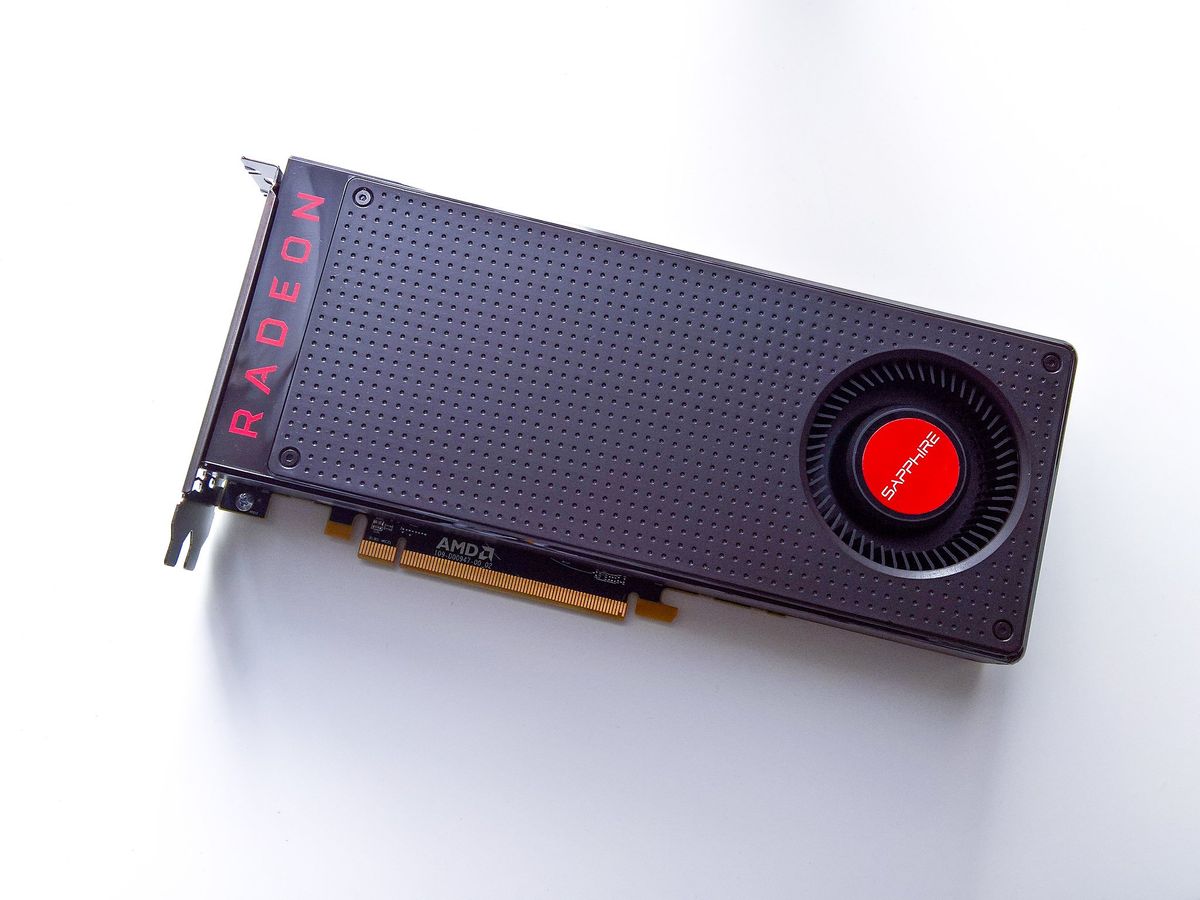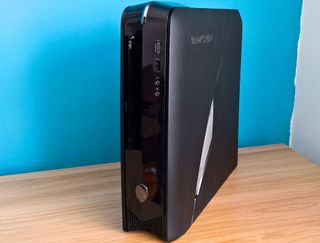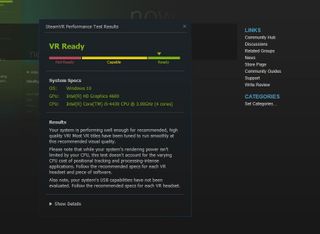AMD's Radeon RX 480 gave my old Alienware X51 a new lease of life
My three year old Alienware PC is ready for 2016 thanks to AMD.

The Alienware X51 was already a VR-Ready machine in its last incarnation before Dell pulled it, so long as you spec'd it up right at purchase. If you're not familiar, it's a box not a lot bigger than the Xbox One. The compact nature is one of the things that attracted me to it in the first place.
My own machine isn't one of the newer VR-Ready ones. I have an X51 R2, the previous generation model, and one that's coming up for three years old. I didn't buy it new either, rather getting a great price for it used. But thanks mostly to AMD and its new Radeon RX 480 graphics card I've now given this old girl a whole new lease of life and got it ready for a new virtual reality future. Big claims have been made about this card, and so far at least, I have no trouble believing them.

When I first got this PC, the specs were:
- Intel Core i5-4430 quad-core processor
- 8GB RAM
- 1TB HDD
- NVIDIA GTX 645 1GB graphics
- Blu-Ray drive
I've since added more RAM, a better wireless card and addressed the out of date graphics card. First, with a NVIDIA GTX 960, the highest officially recommended card by Dell. But that's now made way for something even better. Something that's even ready for VR.
At this point the current specs are as above but with 16GB of RAM and the shiny new RX 480 4GB graphics card. I went for the 4GB version of this option from Sapphire for a couple of important reasons. Firstly, price, with the 4GB card coming in at £188. A steal, frankly. The second is that the X51 R2 needs to use a reference cooler, the blower style, to vent heat out of the rear of the case. One of the biggest hurdles for prospective buyers right now is availability, with 4GB cards almost impossible to get hold of on both sides of the Atlantic and 8GB cards constantly out of stock. If it's not available, have a look at our list of the best graphics cards for more options.
Because of the compact design, space is at a premium inside and having a non-reference cooler would result in just blowing air around internally without modifying the PC further. The reference RX 480 is also a comfortable fit, since it's about the same size as the reference GTX 960 that had been in there before. But fiddling with the inside of this PC is a breeze, Dell made it very accessible.
A note on power, too, for anyone who might be thinking of doing the same with their X51 R2. You'll want to have the larger, 330W external power supply, available either directly from Dell or usual places such as eBay. The smaller 240W one isn't going to give you enough headroom.
Get the Windows Central Newsletter
All the latest news, reviews, and guides for Windows and Xbox diehards.


In fact, the biggest pain point in this upgrade was removing all of the NVIDIA drivers and associated software and replacing it with AMD. Not exactly hard, but more time consuming than I'd have liked.
And so, to some quick results. I ran the SteamVR Performance Test, 3D Mark Fire Strike and a couple of games with benchmark modes I have installed before the upgrade and after to see the difference.
On the GTX 960 the VR test was in the middle bar, suggesting I might get some success, but not have a good time. As expected. On Fire Strike I got a score of 5973, Dirt Rally averaged 50FPS on High graphics settings and Bioshock Infinite recorded 116FPS average on Ultra.

The RX 480 on the other hand was a win in the VR test. Despite not having the minimum recommended CPU, my X51 R2 comfortably hit the "VR Ready" end of the scale. On Fire Strike the score rocketed to 9161, with Dirt Rally and Bioshock Infinite averaging 59.8FPS and 155FPS on the same graphical settings as the GTX 960.
All of this is very encouraging. I haven't plugged in my RX 480 to a test bench running a high-end CPU, super fast DDR4 memory or any of that, just a regular, off the shelf, 3 year old PC. The results so far are encouraging, but there's still a lot more to figure out. Not least how well it will actually fare in VR.
Having spent a few weeks with the RX 480 though, I'm yet to see any sign of issues. AMD quickly pushed out driver updates to combat the power draw issues some reviewers and early adopters were seeing. It runs hotter than my old NVIDIA card, around 80 degrees celsius most of the time, but it's very quiet under general running and under load is still less of a noise than the hideous CPU cooler that Dell saw fit to install as standard. It ventilates well out of the rear of the case and has been an all round good experience.
I'm not personally interested in 4K, or even 1440p gaming, but I may well be in VR in the not so distant future. AMD just made it so I spent less than £200 and readied myself for that as well as ensuring I have a great PC gaming experience for the foreseeable. Consider, too, that the RX 480 cost only £30 more than the GTX 960 that went in before it, and the value keeps on shining through.

Richard Devine is a Managing Editor at Windows Central with over a decade of experience. A former Project Manager and long-term tech addict, he joined Mobile Nations in 2011 and has been found on Android Central and iMore as well as Windows Central. Currently, you'll find him steering the site's coverage of all manner of PC hardware and reviews. Find him on Mastodon at mstdn.social/@richdevine